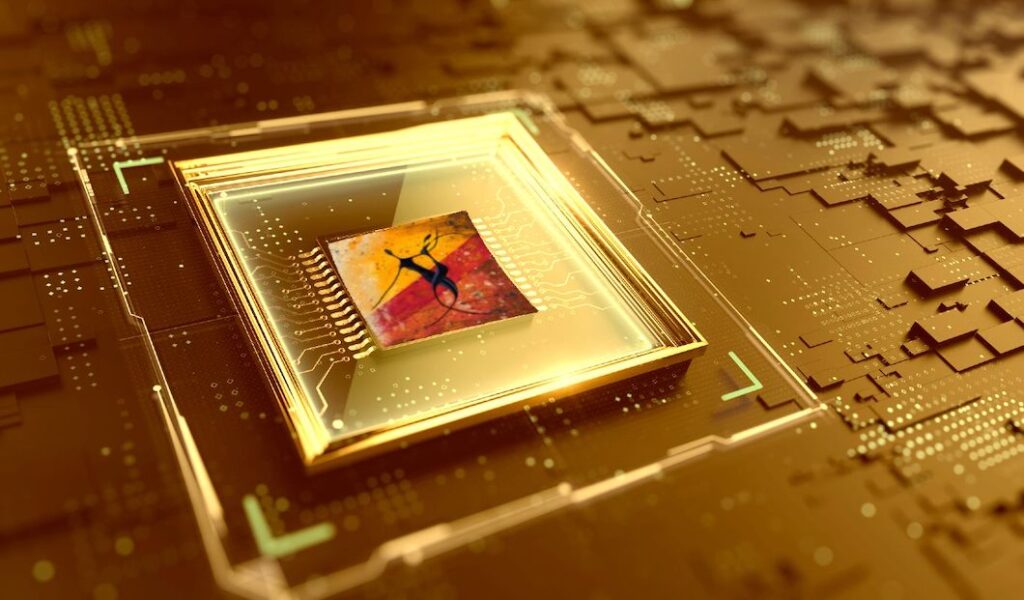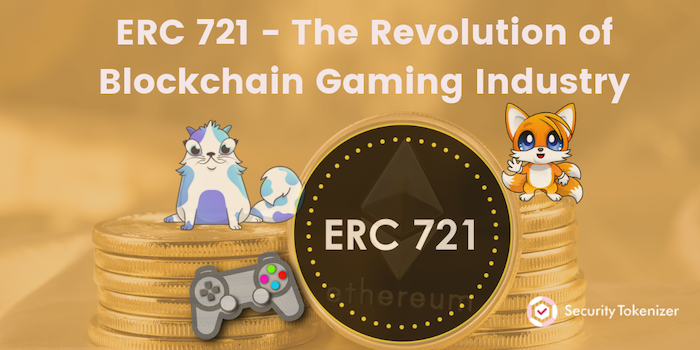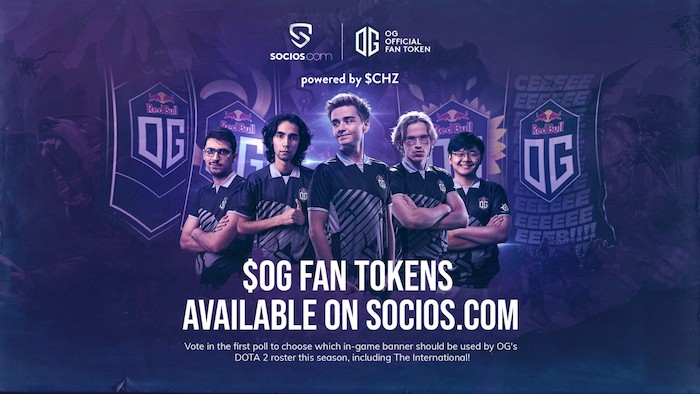Taking inspiration from CryptoKitties, the gaming industry has long been providing new ways for game developers to engage gamers and for monetization.
Despite not being entirely new to gaming, NFTs are maturing in their use. A number of game developers are also experimenting with branded tokens and stablecoins. Engaging Gamers in the gaming industry, such as sports, eSports, and entertainment, will provide new ways of playing the game! There is an ever-increasing audience looking for a new and better game-playing experience.

Table of Contents – Gaming Industry Branded Tokens
- Crypto Games Show Pitfalls & Benefits
- Tokenized Gamification Is Possible In Other Industries
- Crypto to Gaming Sports, Art, Entertainment, And Beyond
- Conclusion

Crypto Games Show Pitfalls & Benefits
Games enable players to explore virtual worlds and even create their own. The player can design an avatar, collect rewards and treasures, and much more inside the game. Gamers can experience a virtual life by playing a game. But there are limits to how far that life reflects the real world, specifically as it relates to a game’s economics. Those who devote time and money to virtual worlds are at the mercy of the game’s owners. As a rule, anything gamers invest in a game beyond the pleasure of playing disappears as a sunk cost when they stop playing. Crypto promises to change that.
Non-fungible tokens (NFTs) help codify a gamer’s relationship with a game. With NFTs, gamers can establish custody of a digital object through a tamper-proof online registry. They can then trade or sell digital objects in an exchange or auction house.
CryptoKitties offers a good case for understanding how this works in an ecosystem essentially made up of and driven by NFTs. When the game has other components, NFT dynamics can get tricky – consider the failure of Blizzard’s Diablo 3 auction house.
Branded tokens and stablecoins introduce a new element to the gaming ecosystem that help link and stabilize the tokenomics of a system with NFTs or without. Specifically, stable cryptocurrency gives players a medium by which they can move from game economics to real-world economics – or “seamless, borderless payments for a global network of participants,” as Tatiana Koffman called it in a recent Forbes piece.
Game creators benefit by drawing gamers with new features and benefits for gaming. Gamers benefit from a system that can reward their participation in the virtual world with financial gain in the real world.
While the gaming industry commands hundreds of billions of dollars globally and is slated to reach over $314 billion by 2026, it’s a decided niche and complex market, made more so by the introduction of tokenomics.
So, why should anyone care? Because how games tokenize their infrastructure will define how consumer-facing brands gamify their consumer engagement. In short, games will play with crypto and the creators of social apps, celebrities, athletes, artists and other near-game industries, such as sports and eSports, will follow suit with the winning innovations.

Tokenized Gamification Is Possible In Other Industries
Unlike Bitcoin and other cryptocurrencies, NFTs can have a graphical user interface or front end that makes them highly relatable to average consumers.
Additionally, their uniqueness can drive new forms of engagement, as in the case of “The Fungible,” an open edition artwork sold in collaboration with Pak. More excitingly though, NFTs will help connect the digital world to the real world of art, music, service and more.
In the world of music, NFTs will put power in the hands of musicians who have historically been at the mercy of producers. By minting NFTs tied to digital music files, musicians can sell these files and connect directly with their fans, without the need of using intermediary platforms like Spotify and iTunes.
One superfan can supercharge an artist’s future. Artists will have a greater chance of monetizing their work, which will make the world of music more accessible and diverse.
What about tokenizing a sports contract? That’s happening too. Last year, NBA player Spencer Dinwiddie announced his intention to launch a digital token associated with his contract. The NBA balked at some of the more speculative aspects of the project. In the end, Dinwiddie succeeded in selling his securities-backed SD8 tokens.
The athlete sees this as a method for players to leverage their talent to create debt instruments and as a consequence more financial freedom. As with the music industry, freedom comes from the athlete’s ability to unseat an intermediary – in this case, a sports league – and connect directly with fans.
NFTs have caught on across the world of hobbyists, creatives, athletes, and even charities. Artist David Datuna, best-known for eating a $120,000 banana at Art Basel 2019, teamed up with Dole on an NFT-powered campaign to raise money and awareness for hunger.
How do NFTs come into play? The artist and corporate partner Dole believe the digital tokens will help generate buzz around the urgent need to solve food insecurity.
Like NFTs, branded stablecoins have the ability to propel cryptocurrency out of the world of developers, economists and traders and into the mainstream. Every year in the US, companies generate over $50 billion rewards points – a third of which consumers leave on the table.
Cryptocurrency promises to make rewards look and act more like money. The simpler and more transparent a rewards system, the more likely it is to attract and remunerate loyal customers.
The benefit to the customers is a reward that can be easily used within a particular brand ecosystem or ported to another, sold on an exchange or leveraged in some way to gain interest. In other words, stablecoins boost brand rewards programs’ liquidity and fungibility.

Crypto to Gaming Sports, Art, Entertainment, And Beyond
The gaming industry brought us the original NFT but still faces challenges related to adoption.
Firstly, developers must consider developing NFTs on an infrastructure that ensures accessibility and liquidity, which means low transaction costs and the capacity to manage large transactions without harming the network.
Secondly, games will need a backing platform and payments network native to the ecosystem that can operate across cash, crypto, NFTs, and branded stablecoins to ensure interoperability between games and the gaming industry and other markets.
Figuring all this out will require trial and error and some significant capital. The results will be worth it and reach far beyond the niche – albeit booming – market for gaming.
Conclusion
Daniele Mensi is the managing director of DigitalBits Foundation.
Follow on Twitter Facebook Telegram
Featured Image: Shutterstock/LEOVIN/Sashkin
Find Original Published Article HERE
Questions?
Did you know that the crypto gaming industry is still in its growing cycle? Newcomers are gaining access to new games being introduced almost weekly.
What games are you most excited about?
Are you following any new releases of games?

